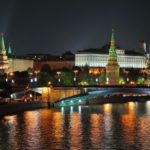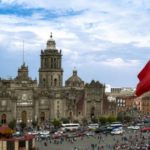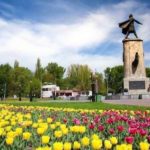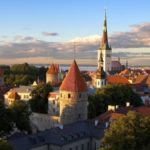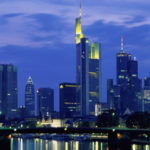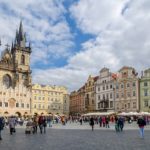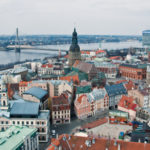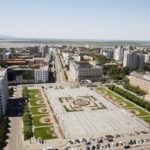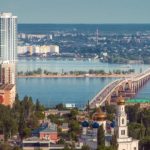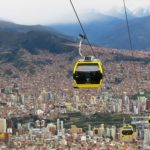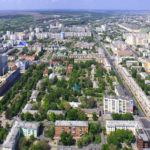Interesting facts about the city of Samara
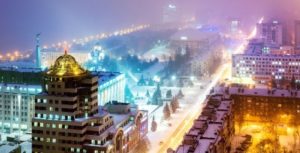 Samara is a pleasant and friendly city, full of parks and other greenery. The majority of the residents are warm to their city, which really is an excellent place for living – not as noisy as the metropolis, and at the same time having everything necessary for comfortable living.
Samara is a pleasant and friendly city, full of parks and other greenery. The majority of the residents are warm to their city, which really is an excellent place for living – not as noisy as the metropolis, and at the same time having everything necessary for comfortable living.
The building of the Samara station is the tallest building of such purpose in Europe.
Samara Square Kuibyshev is the largest European area and the seventh largest in the world. Its area is 174,000 square meters.
All Russian and Soviet cosmonauts were sent into space thanks to rockets designed in Samara.
By 2018, RZD plans to connect Samara with Moscow with a high-speed railway line, the trains will accelerate to 250 km / h.
One of the most unusual buildings in Samara is the so-called “Dacha with Elephants”, built by a Samara merchant according to his own design. The house is associated with several urban legends: a certain girl, supposedly committed suicide, and also about the intention to blow up elephant sculptures in the 30s of the last century.
Zhigulevsky brewery in Samara, where the beer of the same name was produced, is one of the oldest similar enterprises in Russia. He was founded in 1881 by an Austrian nobleman and philanthropist Alfred von Wakano.
In Samara, Russia’s only monument to film director Eldar Ryazanov, who was born in the city on the Volga, is established.
The Volga embankment in Samara is one of the longest and most beautiful embankments among all Russian cities.
Near Samara, the famous Grushinsky Festival is held annually, and amateurs of the bardic song come from all over the country.
Sister cities of Samara are American St. Louis, Bulgarian Stara Zagora and German Stuttgart.
In Samara, there is a legend according to which the young girl Zoya “petrified” during the dance with the icon of St. Nicholas the Wonderworker. It is said that the girl who started up dancing suddenly literally grew to the floor – she could not move or take an icon from her, pressed to her chest. Zoe did not give any signs of life, except for the heartbeat, and doctors could not help her because the needles broke on her skin. The girl allegedly stood in one place for 128 days, and then died. Samara clergymen argue that such a case did occur in the city in 1956.
In Samara there are many legends about tunnels and transitions under the city. According to one of them, from the regional center near the Volga, several passages were laid along which you can get to the other side of the river.
Fantasy Sergei Paliy published the novel “Bezymyanka” about Samara after the global catastrophe. A commemorative plaque in honor of this work hangs at the same station of the Samara metro.
The coat of arms of Samara depicts a white goat.
In the 19th century, the world’s first clinic was opened in Samara, where patients with tuberculosis were treated with koumiss.
Samara is considered the place of creation of the first accordion. Soon the city plans to erect a monument to this musical instrument.
During the war, Kuibyshev (as was then called Samara) for several years was the reserve capital of the Soviet Union.
The song “Ah, Samara-town” on Victory Day sounded for the soldiers of the Red Army in the dilapidated building of the Reichstag.
In honor of Samara named an asteroid, discovered in the 1990’s by an astronomer from Belgium.


